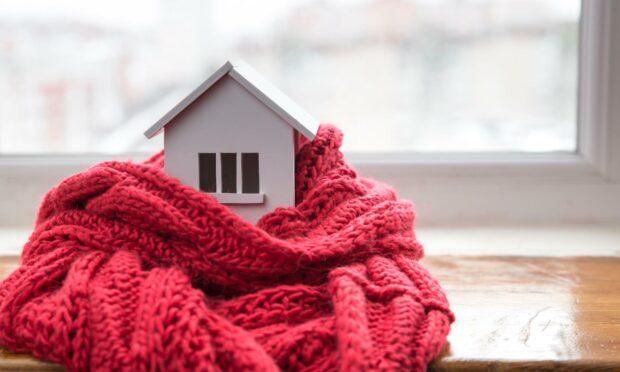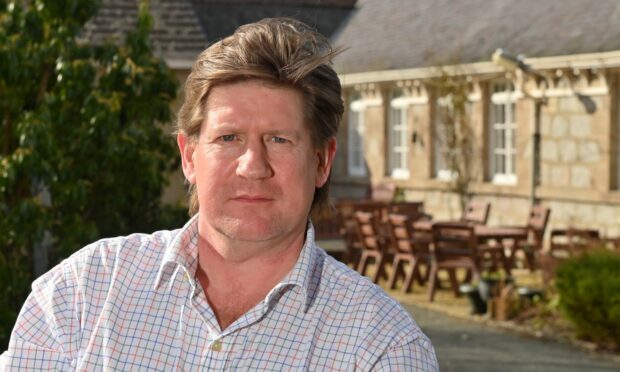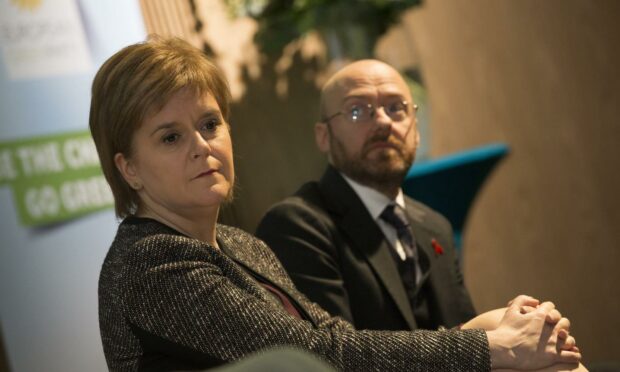The Scottish Government has been urged to do more to help homeowners pay for energy efficiency upgrades to their homes, with figures showing more than 250,000 homes across the north and north-east fall below the target.
Earlier this month, the SNP and Green coalition published their strategy for making homes across Scotland cleaner and greener from 2025.
The plan will require more than a million homes and the equivalent of 50,000 non-domestic buildings to meet at least an Energy Performance Certificate (EPC) rating of C standard by 2033.
Figures from the Scottish House Condition Survey reveals Shetland has the highest percentage of homes with an EPC rating of less than C in Scotland.
The most recent data, from 2017 to 2019, shows three quarter of homes in the Highlands fall below the standard and more than half of domestic properties in Aberdeen and Aberdeenshire are also below the target.
Scottish Conservative MSP Alexander Burnett, who represents Aberdeenshire West, has called on ministers to “stand up and help homeowners across the north-east”.
Homes currently account for around a fifth of Scotland’s emissions and will need to be made more energy efficient with the majority switching to low or zero carbon heating systems to meet the SNP-Green target of becoming a net zero nation by 2030.
Mr Burnett said: “The SNP have not outlined what funding is going to be in place to support owners and private landlords to achieve environmental targets.
“These costs have the potential to alarmingly spiral into millions for the north-east.
“It’s clear the coalition of chaos is ill-prepared to deliver on the need, which we all accept, to decarbonise millions of homes across Scotland over the next decade.
“The SNP-Green Government must be upfront about their plans otherwise it is hardworking people who are going to pay the price if we don’t have a fair transition to net zero.”
Speaking in Holyrood earlier this month, Patrick Harvie, zero carbon buildings minister, said there will be certain trigger points for buildings to meet EPC band C standards after the regulations are set out in 2025.
This could include a change of tenancy when a property is empty, a point of sale, when major refurbishment is carried out or when replacement or installation of a new heating system takes place.
‘Huge transition’
The Scottish Government is investing at least £1.8 billion over the course of this parliament in heat and energy supplies across Scotland but has made it clear “that the cost cannot be borne by government alone”.
Mr Harvie told MSPs it is expected the total cost of ending Scotland’s contribution to climate change from buildings emissions will be more than £33 billion.
A spokesman for the Scottish Government called on the UK Government to take “urgent action” in reserved areas to support the just transition to decarbonised heating, adding that Westminster’s current overall plan does not go far or fast enough”.
He added: “The ambition set out in our Heat in Buildings Strategy is significant, and rightly so on the eve of COP26 coming to Glasgow.
“This is a huge transition, affecting communities, businesses and households all across Scotland and we must work collaboratively – across public and private sectors, across parliament, and across governments, to deliver it.
“We are clear that, as we take these bold steps to reduce emissions from our homes and buildings, we must do so in a way that leaves no-one behind.
“The Scottish Government already offers a comprehensive support package for domestic and small scale non-domestic heat and energy efficiency measures through our Home Energy Scotland and Energy Efficiency Business Support services.
“Our existing funding scheme for zero emission heating systems, including heat pumps, already goes beyond the support offered by the UK Government’s Clean Heat Grant, with grant funding of up to £7,500 per household, in addition to a further £6,000 of grant for energy efficiency improvements, as part of the Home Energy Scotland Loan.”
A spokesman for the Department of Business, Energy and Industrial said: “The Scottish Government made the decision to opt out of the forthcoming £450 million UK Government Boiler Upgrade Scheme.
“Decarbonising our buildings is a joint endeavour across the United Kingdom and our Heat and Buildings Strategy showcases our plans to incentivise people to install low-carbon heating systems in a simple, fair and cheap way as they replace their old boilers over the coming decade.”


